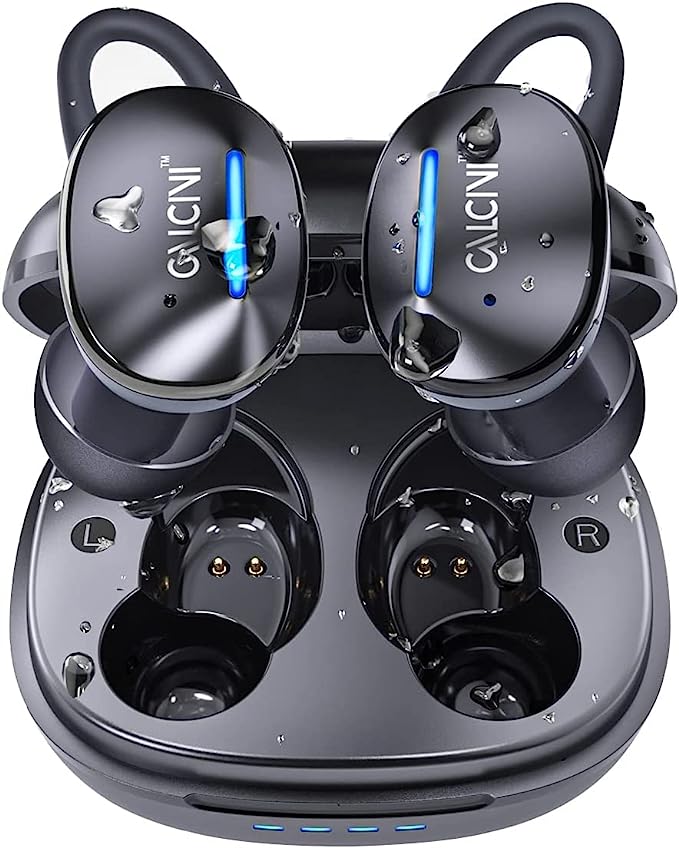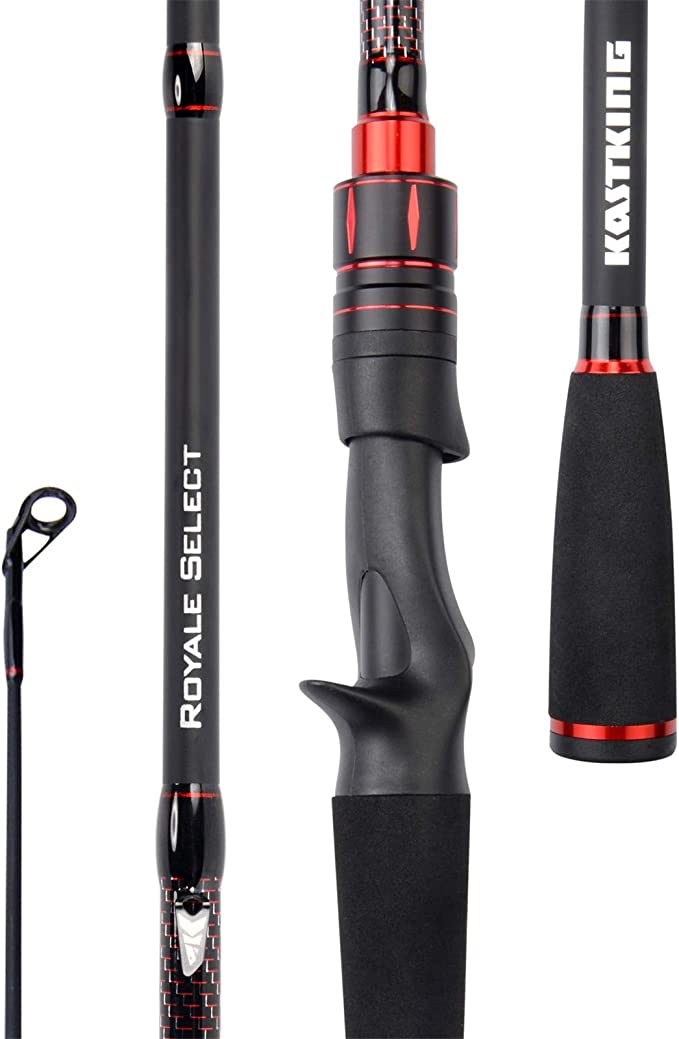Watts vs. Wind: The Engineering Case for Electric Outdoor Cooking Systems
Update on Nov. 18, 2025, 6:19 p.m.
For decades, the soundtrack of outdoor cooking has been the hiss of pressurized gas. The “camp stove” was synonymous with propane or butane. But as fire bans sweep across the American West and battery technology makes quantum leaps, a silent revolution is taking place. We are moving from the era of combustion to the era of conduction.
This isn’t just about swapping a canister for a cable; it’s about a fundamental shift in Energy Economics.
When we analyze modern electric solutions—taking the Stoke Voltaics Nomad as our primary case study—we see more than just a stove. We see a lesson in physics, material science, and the new reality of “The Electrified Campsite.” Let’s deconstruct why your next cooking system might plug in rather than light up.
The Thermodynamics of the “Wind Tax”
The biggest enemy of a traditional gas stove isn’t the cold; it’s the wind. In engineering terms, an open flame suffers from massive convective heat loss. Every gust that hits your burner carries away energy that should have gone into your water. I call this the “Wind Tax.” You pay for the fuel, but the wind spends it.
Electric systems operate on a different principle: Joule Heating (or resistive heating).

In the Nomad system, the heating element is integrated directly into the reactor, which then physically couples with the cookware. There is no flame to blow out. There is no air gap for the wind to steal heat from. The energy transfer is conductive and direct. * Gas Efficiency in Wind: Can drop below 40%. * Electric Efficiency: Remains near constant, regardless of wind speed.
This “Wind Immunity” means that while a lithium battery has a lower energy density than a propane tank, its effective delivery of that energy can be far superior in real-world conditions.
Material Decoding: Why “Plastic” Isn’t a Dirty Word
Skeptics often point to the use of polymers in electric stoves as a weakness. “It’s plastic,” they say. But in high-performance engineering, materials are chosen for specific properties. The Nomad uses a composite known as PA66+30%GF. Let’s translate that specification.
- PA66 (Polyamide 66): A high-performance nylon known for high mechanical strength and rigidity.
- +30%GF (Glass Fiber Reinforced): The matrix is reinforced with 30% glass fibers.
Why use this instead of steel?
1. Thermal Insulation: Metal transfers heat too well. You want the heat in the food, not conducting down into your expensive power station or plastic camp table. PA66+30%GF acts as a thermal break.
2. Impact Strength: This composite boasts an impact strength of 80-100 kJ/m². Compare that to standard Polypropylene (PP) found in cheap household appliances (10-20 kJ/m²). This isn’t “tupperware plastic”; it’s structural engineering material designed to survive the vibrations of a washboard road or a drop from a tailgate.

The New Fuel Management: Volt-Amps-Watts
With gas, you manage fuel by shaking the canister. With electric, you manage Watt-hours (Wh). This requires a shift in mindset.
The Nomad offers a variable power draw from 200W to 1000W. This isn’t just a “Low/High” knob; it’s a battery management tool. * The 1000W Sprint: Boiling water for coffee. Fast, high consumption. Ideal when your solar input is high or your battery is full. * The 200W Marathon: Simmering a stew. Low consumption over time. This is where electric shines. Gas stoves often struggle to maintain a very low simmer without blowing out. Electric offers precise, sustained low-energy output, allowing you to “slow cook” without draining your power station dry.
Pro Tip: Pre-heat your pan at 400W before cranking to 800W+ for searing. This saturates the thermal mass of the aluminum without shocking your battery’s inverter.
The “Fire Ban” Dividend
Perhaps the most pragmatic argument for the Nomad isn’t physics, but legality. As climate change accelerates, “Red Flag” warnings and strict fire bans are becoming the norm in National Forests and BLM land.
Propane stoves with shut-off valves are usually allowed, but regulations are tightening. Electric systems produce zero open flame and zero sparks. They are often the only permissible way to cook a hot meal during extreme fire danger.
Furthermore, the “Ash-Free” nature of the system allows for indoor cooking (inside a van or RV) without the carbon monoxide risks associated with unvented propane combustion (though ventilation is always recommended for moisture and food odors).

Operational Reality: The Modular Compromise
No system is perfect. The trade-off for the Nomad’s specialized efficiency is proprietary lock-in. You cannot grab a cast-iron skillet and throw it on the reactor; the system relies on the specific mating of the “Sizzling-Pan” or “Bubbling-Pot” to the base.
However, for the vehicle-based traveler (Overlander, Van-lifer), this modularity is a feature, not a bug. The nesting design saves volume—the premium currency of vehicle travel. The ability to clean a smooth, non-stick surface with a wet wipe (because you don’t have infinite water) is a user-experience detail that matters more than theoretical versatility.
Conclusion: Investing in Infrastructure
The Stoke Voltaics Nomad is not just a stove; it is a component of a modern, electrified outdoor infrastructure. If you have already invested in a Solar Generator (Power Station) and Solar Panels, buying propane is redundant. You are harvesting free energy from the sun; why pay for fossil fuels?
By switching to electric, you trade the “Wind Tax” and “Fire Bans” for a system that is cleaner, safer, and—once you understand the physics—remarkably more efficient.



















